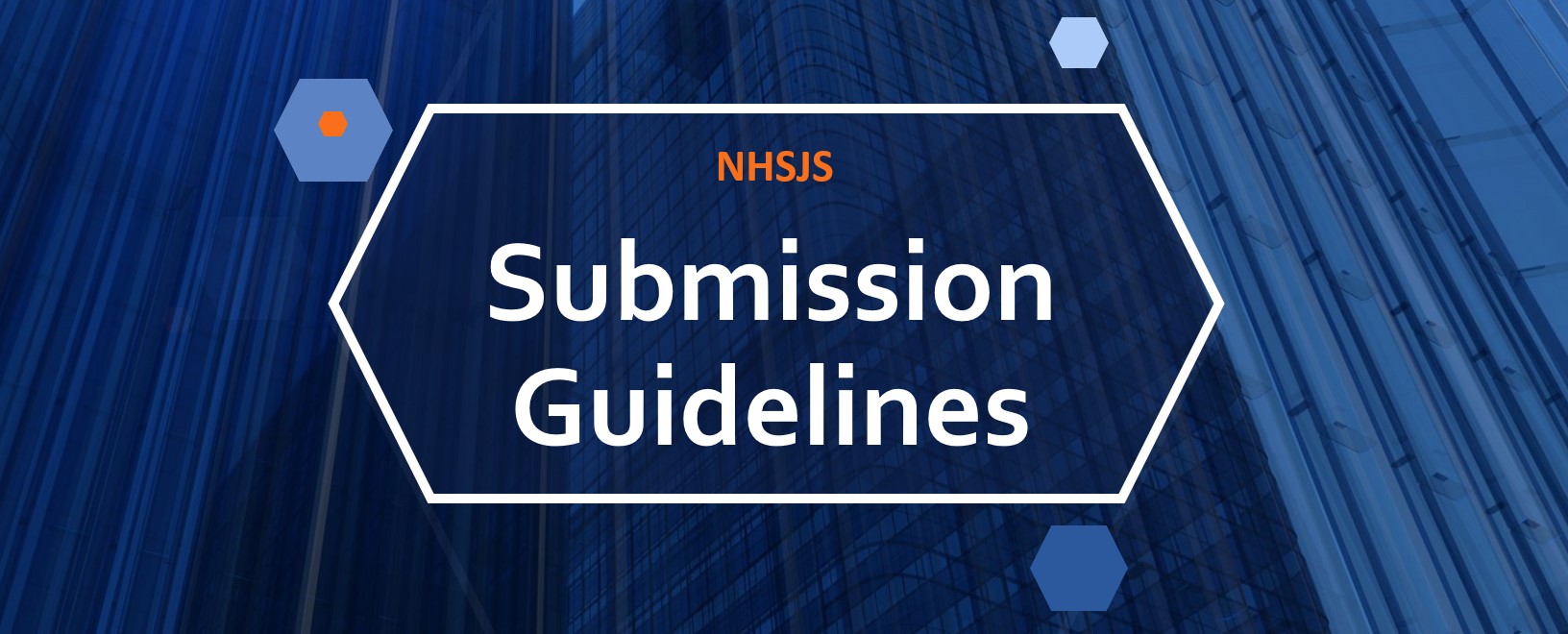
**Revised Guidelines to Empower Scientific Investigators in Research Integrity**
In a time when the trustworthiness of scientific research is under rigorous examination, a group of research integrity specialists has introduced an extensive collection of guidelines intended to enable scientists in recognizing and resolving issues within published studies. Unveiled on June 4, the “Collection of Open Science Integrity Guides” (Cosig) encompasses 27 thorough handbooks that present methodologies for undertaking post-publication peer review and other essential research integrity endeavors.
The guidelines address a variety of subjects, from commenting on PubPeer and identifying image-related problems to analyzing citations, ethics approvals, and potential instances of plagiarism. They also provide discipline-specific insights, such as antibody validation for biology and medicine, tackling difficulties with x-ray diffraction and spectroscopy in material sciences, and resolving computational and statistical discrepancies.
Reese Richardson, a biologist at Northwestern University and one of the creators of Cosig, articulated the team’s ambition to democratize post-publication peer review (PPPR). “After assimilating this knowledge over the years, we aimed to centralize it and render it freely available,” Richardson notes. He asserts that PPPR should become a routine element of scientific practice, underscoring the minimal percentage of troublesome papers that are presently reported.
The Cosig team is receptive to evolving the guidelines by integrating updates and new concepts, aspiring to expand the tool’s impact. Richardson points out that PPPR not only reveals problematic research but also enhances and reframes existing scientific literature.
Jennifer Byrne, a molecular oncologist who contributed to the creation of some guides, remarks on their ability to improve critical reading skills while reducing accusations related to personal bias. She underscores the necessity of rectifying flawed papers to deter unethical practices similar to those of paper mills.
Simultaneously with the launch of Cosig, the “Retraction Bounty Hunter” (RBH) initiative was introduced, providing financial incentives for reporting papers that result in retraction. Initiated by Kurt Leininger, RBH seeks to assist researchers in highlighting fraudulent work, granting them a platform for advocacy.
Although full-time positions in research integrity are scarce, Richardson encourages more scientists to participate in part-time investigative efforts alongside their regular responsibilities. The guidelines are designed to lower the barriers to entry, offering a robust starting point for individuals interested in contributing to research integrity.
The scientific community continues to face challenges regarding the enhancement of detection capabilities and the assurance of rectifying flawed literature. Byrne’s plea for journals and publishers to take sleuth reports seriously highlights the urgent need for systemic reforms to maintain research integrity.